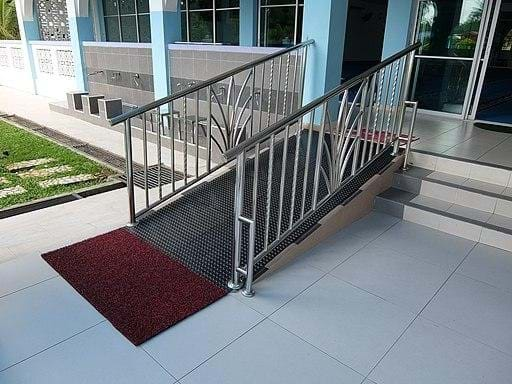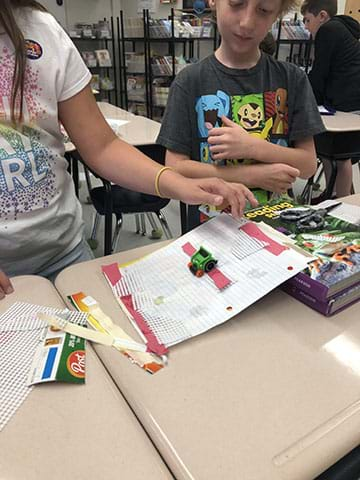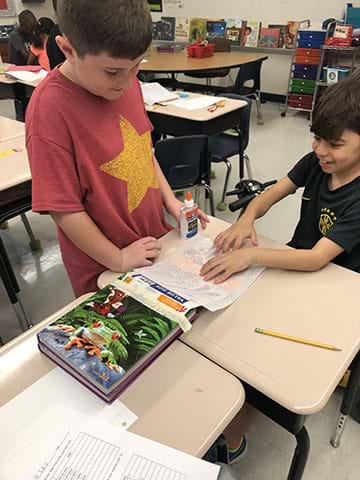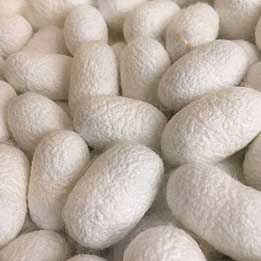Quick Look
Grade Level: Elementary school
Time Required: 3 hours (wild guess!)
180 minutes (three 60-minute class periods)
Subject Areas: Physical Science

Maker Challenge Recap
In this maker challenge, students use the engineering design process to design a covering for a portable wheelchair ramp for their school. The design must be easy to use, and allows people to move up the ramp easily and go down slowly. Students have a $20 budget to use for materials. Students conduct research on different materials to use that reduce or increase friction, evaluate proposed solutions that best meets the above requirements, build and test prototypes, revise and improve their designs, and report their findings to the rest of the class.
Maker Materials & Supplies
- assortment of materials to experiment with reducing and increasing friction, such as cardboard, paper, rubber, and sandpaper
- fabrication tools and adhesives to work with the above materials such as scissors, glue, and masking tap
- textbooks (used to create an incline for the ramp)
- toy model of a wheelchair
- lab notebooks and pens
- poster paper and markers
Worksheets and Attachments
Visit [www.teachengineering.org/makerchallenges/view/uof-2493-freewheeling-friction-design-challenge] to print or download.Subscribe
Get the inside scoop on all things TeachEngineering such as new site features, curriculum updates, video releases, and more by signing up for our newsletter!More Curriculum Like This

Students use the engineering design process to design a bridge out of silkworm cocoons that can hold at least 50 grams. Students can use other materials to supplement the silk bridge, but have a $10 budget.

Students follow the steps of the engineering design process while learning more about assistive devices and biomedical engineering applied to basic structural engineering concepts. Their engineering challenge is to design, build and test small-scale portable wheelchair ramp prototypes for fictional ...
Kickoff
Providing access to individuals with disabilities is a critical component in most designs, whether it involves transportation, public spaces, or buildings. Take wheelchair access as an example: wheelchair ramps are usually inclined planes installed near stairs or other entrances and exits to a building, which helps people access the buildings. It also lets people who are pushing carts or strollers to access the building much more easily. What are some problems wheelchair users, or other individuals with limited mobility, might face using these ramps? (Open the question up to class discussion.)
What do engineers have to do with wheelchair ramps? It is important for people in wheelchairs to have ramps that are easy to get up but helps them go down slowly. Materials engineers develop, process, and test materials used to create a range of products. Civil engineers create, improve and protect the environment in which we live. They plan, design and oversee construction and maintenance of building structures, such as roads, airports, and bridges. When working together, these engineers can create a wheelchair ramp that allows people to go up and down safely that is made out of the best material possible.
You will act as materials and civil engineers during this challenge! Following the engineering design process, you will conduct research on different materials to use that reduce or increase friction, evaluate proposed solutions that best meets the requirements, build and test prototypes, revise and improve your designs, and report your findings to the rest of the class.
Resources
- Refer to the Engineering Design Process hub on TeachEngineering to guide your students through the challenge.
- Utilize the Engineering Design Process Notebook for design process documentation.
- Consider reading “Wheelchair Ramps: Plans, Designs and Information,” which includes information plans for designing wheelchair ramps including fold up portable and permanent access ramps for buildings.
- Consider sharing the ADA requirements and guidelines for building wheelchair ramps; refer to guidance on providing the material to use on the incline.
- It may help students to show different images of wheelchairs and wheelchair ramps. You may even consider taking a tour around the school to show different parts of the school that include places where wheelchair access is easy or difficult and from what type of material the ramp is made from.
Maker Time
- Create groups of 2-3 students.
- Either at the library or with class computers, allow students to research what materials create the optimal amount of friction for their ramp. Remind them again that they want the wheelchairs to be able to go up easily, but down slowly so they are safe for the users. They may also use this time to research different wheelchair ramps for ideas. Tell students that they should be writing their research down in their lab notebooks to use to help build their prototypes.
- Give students the amount each material costs. They cannot exceed $20 and they must record their purchases in their lab notebooks. For example:
- construction materials:
- cardboard: $5 per piece
- paper: $3 per piece
- sandpaper: $4 per piece
- rubber mat: $4 per piece
- scissors: $2
- tape: $1 per 30 cm
- glue: $2
- Guide students to build and evaluate their ramps. Use your discretion to tell students if their toy model wheelchairs are going too slow or fast. Feel free to get student input if they think their wheelchair is going too slow or too fast. Remind them that they should learn from their failures and encourage them to use new materials to alter their solutions. Each time they change their designs, they receive an extra $5.


Wrap Up
Give each group one piece of poster paper and markers to present their design. Students should include the following on their poster:
- Problem: can we design a wheelchair ramp for a portable (without going over budget) that allows users to move up and down in a safe manner?
- Drawing of their final design.
- What they changed in each design phase.
- Science behind the challenge (friction).
- What they learned from failed tests of certain materials and designs.
- How much money they spent and why budgeting matters in engineering.
For an extension, consider having students build real-life models (if there are enough materials available, the budget can be scaled appropriately) and putting the materials on an actual portable ramp with a real wheelchair going up and down.
Tips
- While circulating and guiding the students through the engineering design process, make sure they are recording everything that they are doing in their lab notebooks. If needed, have a mini lesson about documenting in lab notebooks beforehand.
Copyright
© 2019 by Regents of the University of Colorado; original © 2019 University of FloridaContributors
Kayla SutcliffeSupporting Program
Multidisciplinary Research Experiences for Teachers of Elementary Grades, Herbert Wertheim College of Engineering, University of FloridaAcknowledgements
This curriculum was based upon work supported by the National Science Foundation under RET grant no. EEC 1711543— Engineering for Biology: Multidisciplinary Research Experiences for Teachers in Elementary Grades (MRET) through the College of Engineering at the University of Florida. Any opinions, findings, and conclusions or recommendations expressed in this material are those of the authors and do not necessarily reflect the views of the National Science Foundation.
Last modified: July 27, 2020







User Comments & Tips